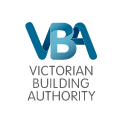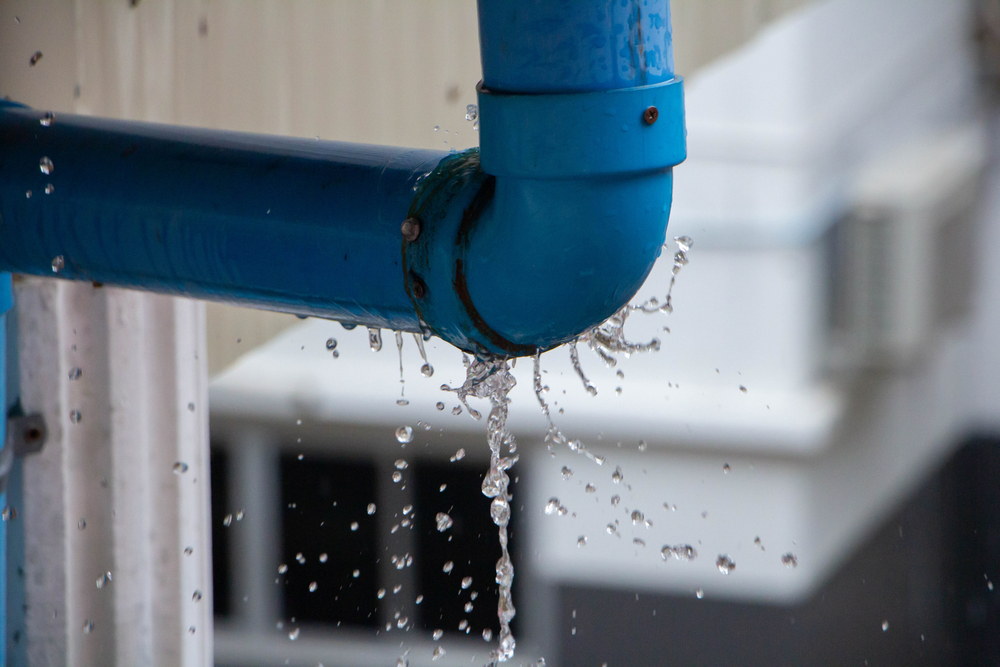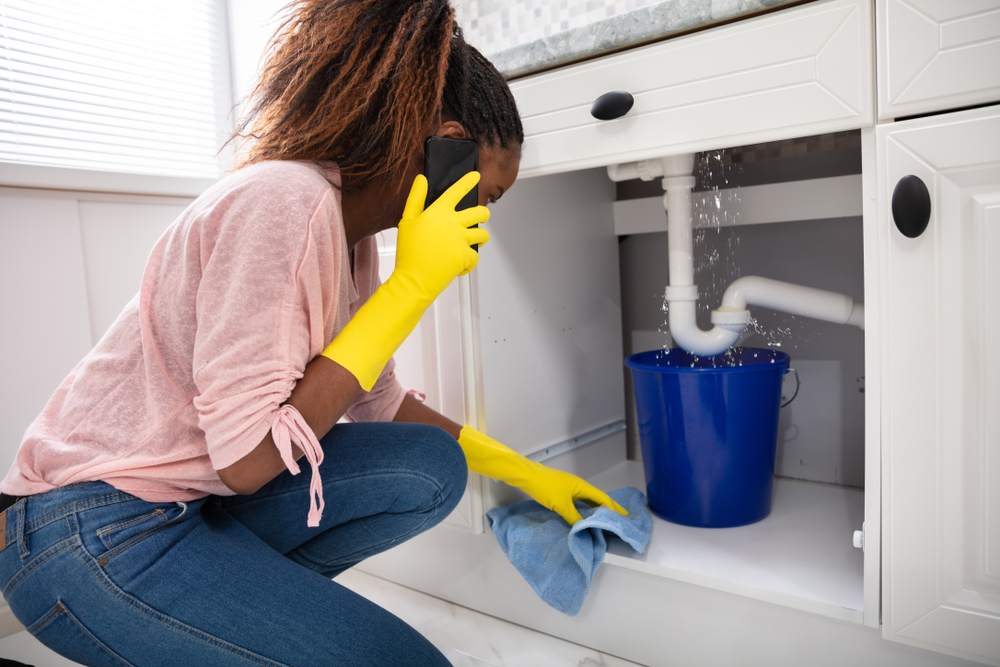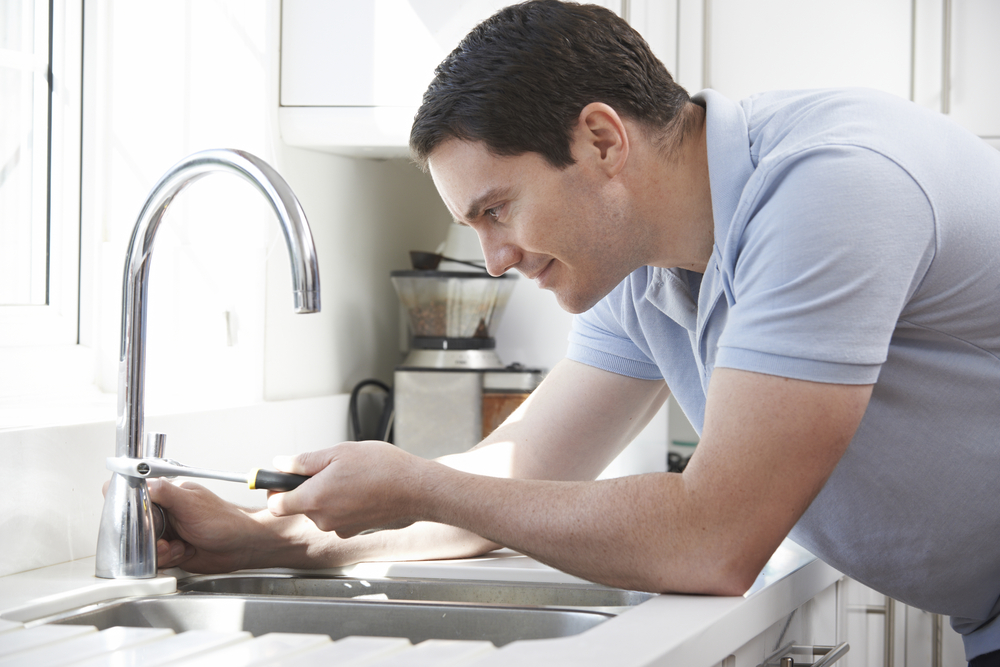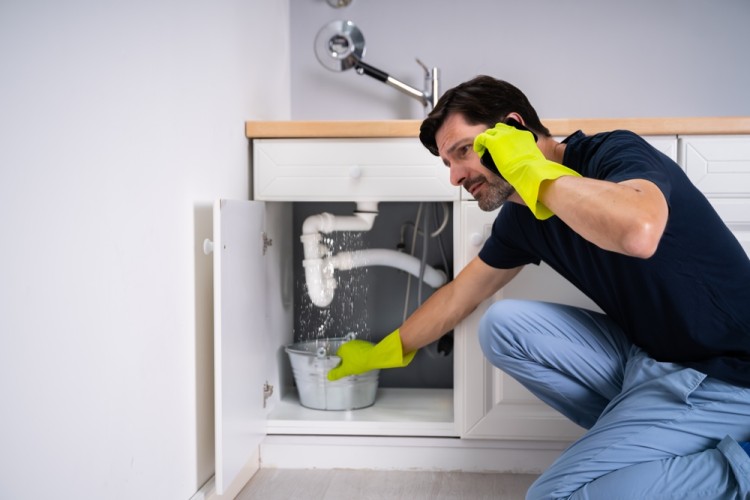How to Stop a Leak Until the Plumber Arrives: Quick and Easy Solutions
According to this Water Services Association of Australia report, non-revenue water losses average around 10 percent of the utility system input across the country. Customer research taken by Victorian water utilities and their prices in 2017 showed that Victorians do their best to minimise water waste and leakage and save water overall.
That said, if you’ve just spotted a tiny leak, you might choose to ignore it or worry about it later. But trust us, issues such as property damage or serious health effects are not what you want to be dealing with!
If you own a commercial or residential property and don’t want to bother with a leak, it’s a good idea to at least know how to create a temporary seal before your local plumbing company comes to your rescue.
So, what can you do to stop the leak before a plumber arrives, and what are some common scenarios for leaking? This blog will hopefully ease your stress!
How to Temporarily Fix a Leaking Pipe?
Do you want to save your home from damage while waiting for professional assistance? As a general rule of thumb, you should always turn off the water supply before starting any leak-prevention job.
1. Use a Pipe Sleeve
Similar to a clamp, a pipe sleeve is often reserved for a PVC pipe, so only use this temporary option if your drain lines are leaking. If you have clear access to the leaking section of piping, let’s look at how to install one!
- Close off any fixtures that can feed into your drain line while you’re working. For example, if the leaking is near a P-trap, remove and empty this before doing anything else.
- Remove the rubber area of the pipe sleeve and wrap it around the damaged section of the drainpipe.
- Wrap the metal ties around either side of the rubber sleeve, feeding the ends into the clamping mechanism.
- Use a screwdriver to turn the screws on the clamping mechanism clockwise to tighten it, but don’t over-tighten it.
- Test for leaks by turning on the fixture that feeds into the drain line.
- Now, call a licensed plumber for a more permanent solution. A plumber can cut out the damaged area and solder a new pipe into place.
2. Apply Epoxy Putty
Useful for copper or galvanised steel pipes (but not plastic pipes such as PVC or PEX), epoxy putty is an excellent way to stop a leak:
- Turn off the water and wipe down your pipe.
- After applying the putty to the leak, prepare the epoxy according to the instructions on the packaging.
- Make sure to let the epoxy dry for about an hour.
- You can use duct tape on top of the epoxy for extra durability and to keep it in place.
- Slowly turn the water back on. Are there any leaks? If you’re uncertain, always give your local plumber a call for guidance and prevention support.
3. Use a Slip Coupling on the Pipe
A slip coupling is an easy, non-stressful way to fix a leaking pipe that doesn’t involve a sealing process! Slip couplings, such as push-to-connect couplings for copper pipes, are a good temporary solution, but you want a more permanent option from a professional. How do you use a slip coupling?
- Firstly, shut off the water to the leaking area.
- Wipe dry the damaged section of the pipe.
- Cut out any broken pieces of pipe with a leak, and use a rotary pipe cutter to cut the pipe and deburr the ends.
- When sliding the slip coupling onto one end of the cut pipe, make sure it is inserted all the way to the insertion depth mark.
- Slide the other section of the pipe into the opposite end of the push-to-connect coupling, making sure it’s inserted correctly.
- Turn the water back on slowly and check for leaks.
4. Use Pipe Tape
There are many types of tape that contain a small leak, from duct tape to electrical tape. However, if you decide to use tape to fix a leak and want to create a good seal, there needs to be no water in the area you’re taping.
The pipe tape must be flattened against the pipe so no pockets of water can fill up inside the tape job. This only works on minor damage like pinhole leaks, so it’s not ideal for burst pipes! So, what do you need to do?
- Close off the water to the damaged section of pipes.
- Dry the section of pipe thoroughly, wait a few minutes, and dry it again.
- Wrapping the tape around the pipe, pull it around the diameter, and press the tape firmly against the pipe.
- Is the tape not water-activated? Wait before turning it on. If it is water-activated, slowly turn the water on and see if there’s a leak.
5. Use Pipe Clamps
These clamps have rubber inside, which acts as a seal against pipe material once attached to the pipe.
Best of all, it only takes a few minutes to secure the clamp to the pipe, making for a quick, affordable solution. Here’s how to do it:
- Find the leaking area of the pipe.
- Fold the inner sleeve of the clamp around the damaged section of the pipe.
- Place the clamp over the sleeve.
- Tighten the screws on the pipe clamp until water can no longer escape.
- Turn the screws a bit more to stop the leak until a plumber arrives!
If your pipe clamp is high quality and properly installed by a professional plumber, it can last for over 50 years, so always prioritise a more permanent repair!
6. Use Rubber Pipe Connectors
If you’re dealing with a small gap or a misalignment causing the leaky pipe, rubber pipe connectors (or rubber couplings) are a great temporary repair! How do you use them?
- Turn off your water supply valve.
- Clean the area, and dry off your pipe completely.
- Measure the diameter of the leaking pipe so it matches your connector and fits snugly.
- If needed, trim your rubber pipe to the appropriate length.
- Slide the rubber pipe over one end and cover the leak.
- Always secure the stainless steel bands or clamps that come with the pipe so they fit correctly.
- Turn on your water supply and see if there are leaks.
Whether you need a temporary measure, are stressing about water pressure, or need an emergency plumber, Solutions Plumbing offers leaky pipe repair, can remedy Blockages, and offer Drainage & Repairs you can count on for all plumbing issues!
Common Water Leaks in the Home
From moisture under the sink to a worrying pipe leak that is constantly draining–and wasting–water, it’s a good idea to know what you’re doing and to be prepared. Let’s look at some common causes of water leakage scenarios.
Showerhead leaks
Is your shower running even when you’re not using it? There could be a leak! Shower heads don’t control water output; they just form water into a pattern for showering.
If water is coming out from your showerhead (unless it’s residual dripping a few minutes post-shower) chances are there’s a leaking shower valve.
Likewise, if a showerhead’s threaded connection is spraying water, you want to ensure a full connection between the showerhead and the pipe stem. Pipe tape can secure it, or you can check if the “o” ring or washer (located inside the showerhead) needs replacement.
A Leaky Faucet
In addition to being frustrating to deal with, a leaking faucet can waste a lot of water. (add statistic) An easy (although temporary fix) is waiting for your plumber to replace the aerator inside the faucet with a wrench and a towel.
Ideally, you want an aerator with a shutoff built into it; the level-up and level-down levers can control the amount of water flow you want to use.
Toilet Leaks
Is there water on the bathroom floor, or is the toilet running when not in use? Toilets can leak down the drain, so you might not be aware of a leak at first glance, but you could end up with huge water bills.
If you have to hold the handle down to empty the tank completely or see extra water going down the drain when you’re not flushing, you may need to check for a leak.
Outdoor Leaks
Although an outdoor leak can appear less harmful and invasive, it can potentially cause minor flooding that can infiltrate the structure of your home, resulting in indoor damage.
An outdoor leak can also drip undetected, which hikes up your water bills. If you have an irrigation system, you need to check for leaks periodically, before using them, and before springtime.
Do you need an emergency plumber that serves Glen Iris, Bentleigh East, Camberwell, Brighton, and Doncaster residents? Solutions Plumbing offers 24/7 Emergency Services!
Solutions Plumbing: Your Emergency Plumber in Melbourne
Do you require emergency plumbing services, assistance with minor leaks, or permanent repairs? Instead of paying for a plumbing job that goes sour (and needing to fork out more money in the process), you can always expect a watertight seal from us.
Always passionate about plumbing, the Solutions Plumbing team has over 12 years of experience, is registered under the Victorian Building Authority, has a Gas Safety Certification, and never cuts corners on the job.
If you need support with plumbing components, a plumbing leak repair, CCTV Inspections or General Plumbing, contact us today, and we’ll give you an inexpensive solution to lower your risk of water damage.

